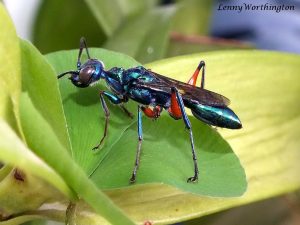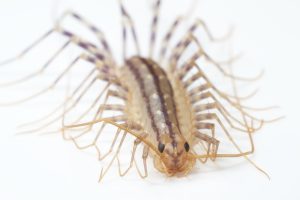But… Why?
Modern Americans spend nearly 90% of their lives indoors. Yet despite all that time inside, we know remarkably little about the life that shares our indoor spaces. This presents an amazing opportunity to explore a brand-new wilderness from the comfort of our living rooms. In fact, given how little we know about the “great indoors,” we have a good chance of finding a species completely new to science, right here in a dorm or home on the NC State campus. If we do find one, NC State students could be the ones to name and describe the species. Better understanding what species share our homes with us could even have implications for human health and wellness. Given that, and the fact that no one has ever sampled the biodiversity of a campus community, this a really important and exciting project.
But we get it. Not everyone loves bugs. In fact, for some people it might be downright disconcerting to think about going into their home and finding bugs, on purpose.
But the thing is, you share your home with other life no matter what. The species with which we share our dwellings are not invaders. They are a part of a unique ecosystem, and many of them have evolved specific adaptations to succeed in human homes. While some species do pose health risks, most of the life in our homes is benign, or even beneficial. For example, the beautiful jewel wasp (Ampulex compressa) has evolved to lay its eggs in cockroaches, briefly turning the cockroaches into zombies before the young wasps chew their way out. Who wouldn’t want such an amazing, pest-killing insect in their home??

Spraying pesticides will indeed kill a lot of bugs in your home, but the ones that survive the sprays tend to be the least desirable species like cockroaches fleas, and fruit flies, because their evolution has been repeatedly shaped by their frequent battles with pest control chemicals.
In North Carolina, one of the most beneficial bugs to have around is the house centipede (Scutigera coleoptrata). While these fast, sharp-eyed centipedes might look scary, they are harmless to people and are amazingly efficient predators of pest insects like bed bugs, cockroaches, spiders, termites and silverfish.

Science is increasingly revealing the importance of cultivating a healthy, diverse gut microbiome in order to keep harmful bacteria like MRSA at bay. It’s possible that having a diverse variety of life in the space where you live is also important to keeping populations of harmful bugs low.